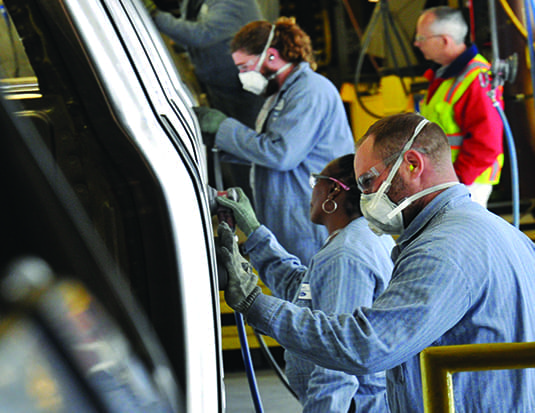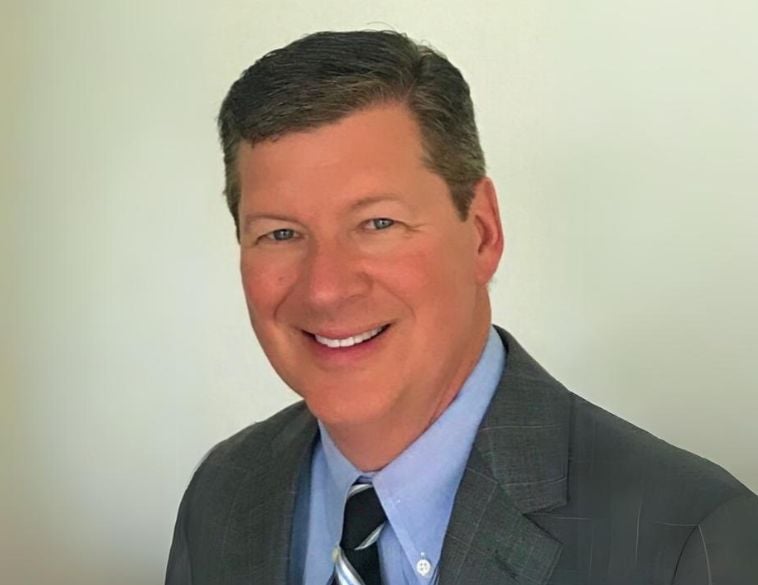Many rapid changes are happening within Canada’s collision repair sector.
I n many conversations this year, I have been using the word ‘transition’ to describe the changes in my life since shifting roles from a senior executive in a large Canadian collision industry consolidator to that of an independent consultant. Transition also very well describes many aspects of the entire industry this year and moving forward. What does that mean specifically?
Here are some examples I’ve been able to reflect on during my own personal transition.
OEM engagement with repairers and insurers
As an industry, we are reaching new levels of communication and shared time focusing on the growing challenges and complexity of repairing vehicles. The most recent example of this relates to the growing awareness of the need to complete pre-repair vehicle scanning and recalibration to ensure all codes are cleared and the challenges this will create.
It’s a hot topic in North America right now.
OEMs, repairers and insurers need to find a common ground. It means finding the balance between ensuring the vehicle is repaired properly vs. the need to manage claims costs. A year ago, no one was talking about it. Transitioning through the balance of this year, the likelihood is that this will continue to become an ever more integral part of the repair process.
CCIF FNOL Assignment project
One needs to be patient if one wants to see the transition from concept to action. The CCIF FNOL Assignment is a great example of what is possible. After 18 months of dialogue, two top 10 insurers have adopted the Vital 18. For those that don’t know what this means, it’s the 18 pieces of information that, when provided from the insurer to the repairer during the initial communications with the repairer, ensure the repair starts earlier and the cycle time is reduced.
Both information providers are fully engaged in supporting this initiative. We expect to see the initiative transition from two to five insurers supporting it this year. It’s a game changing opportunity for both insurers and repairers. We’re looking forward to the transition from a few to many involved, with documented results showing improved results by 2017.
OE certification
The global trend of OEMs certifying repairers has transitioned from an infrequent to a high profile topic. Once the realm of niche OEM manufacturers, certification is now the norm across North America. The whole concept of being recognized and promoted as certified by an OEM—that you have the general business requirements, tools, equipment and training to meet their requirements—is likely
to become equally important in many cases, as the formal repair relationship with an insurer.
That’s a big transition!
Accreditation
Until very recently, the concept of a national accreditation program for recognizing qualified collision repairers in Canada has been held in the minds of only a few people that have been involved with various attempts to implement this type of program over the last decade. This likely could change due to several associations launching accreditation programs. Although it is early days, it is evident
that a transition from there being no place for Canadian stakeholders to determine which repairers meet a minimum requirement for equipment and training, to at least one if not more, could soon be completed.
A lack of change
The number of “body shop” owners not taking the steps to transition their business to one suited to the 21st century is significant. Drive through the streets in a major market where
the limited zoning for collision repair businesses mean that there are blocks and blocks of body shops, and the visuals speak for themselves.
There are many areas where industrial strip malls have one or two large, professional repairers located side by side with many small
“backyard” type body shop businesses.The bottom line is that such a scenario is scary. Let’s hope that with all industry initiatives in
play today, most of these backyard businesses either get with the program or get out.
Larry Jefferies is an independent collision repair industry consultant and former Vice President at CARSTAR Canada. You can reach him at
[email protected].



